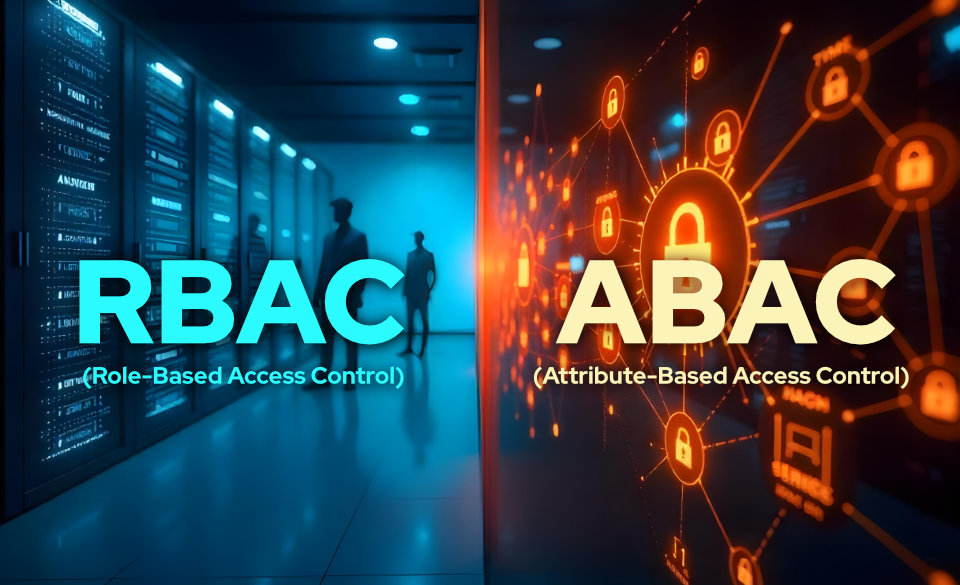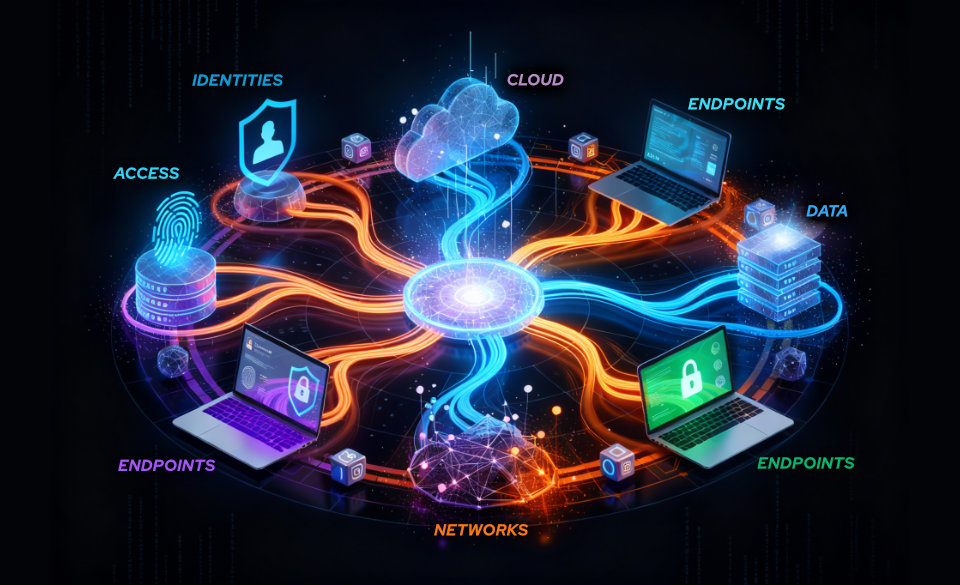
Perimeter Connection Cybersecurity: The First Line of Defense in the Hyperconnected Enterprise
1 de May de 2025
Zero Trust in OT-IT convergence: Is it really applicable?
15 de May de 2025In a digital environment where attacks are increasingly sophisticated and access to critical systems must be controlled with pinpoint accuracy, access management becomes a cornerstone. Two of the most commonly used models in cybersecurity for granting or denying access are Role-Based Access Control (RBAC) and Attribute-Based Access Control (ABAC).
Although they may seem similar at first glance, both models follow different logics and have very different implications in complex business environments, especially when dealing with critical infrastructure or hybrid OT/IT systems.
What is the RBAC Model (Role-Based Access Control)?
RBAC is an access control model that assigns permissions to specific roles within an organization and then associates those roles with users. That is, a user does not have direct permissions but inherits the permissions of the role to which they belong.
Key characteristics of RBAC:
- Roles are predefined and reflect functions within the organization (e.g., “System Administrator,” “Security Auditor,” or “First-Level Support”).
- Access is managed hierarchically, facilitating administration.
- It is easy to maintain in stable organizational structures.
Advantages:
- Simple configuration.
- Clear and centralized management.
- Good traceability.
Limitations:
- Limited contextual flexibility. A user may access a system even from an insecure location or outside business hours.
- Does not consider external conditions such as device type, network status, or resource sensitivity.
Practical example:
An engineer with the role of “OT Technician” can access the logic controllers of an industrial plant. The system does not evaluate whether they are connecting from a secure network or during working hours.
What is the ABAC Model (Attribute-Based Access Control)?
ABAC, on the other hand, evaluates multiple attributes before granting or denying access. These attributes can relate to the user, the resource, the environment, or even the requested action.
Types of attributes in ABAC:
- User attributes: position, department, authorization level, country of residence.
- Resource attributes: file sensitivity, system type, security classification.
- Environmental attributes: date, time, IP address, location, connection type.
- Action attributes: whether it’s a read, modify, delete action, etc.
Advantages:
- Extremely high granularity. Policies can be defined to cover very specific scenarios.
- Ideal for Zero Trust strategies, where every request is validated individually.
- Greater control in hybrid and distributed environments.
Limitations:
- Complex to implement. Requires defining and maintaining a precise attribute policy.
- Requires systems capable of evaluating multiple real-time conditions.
Practical example:
A cybersecurity technician can access the admin panel of a server only if they connect from an internal network, on weekdays, and using a corporate device with up-to-date antivirus. If any of these conditions are not met, access is automatically denied.
Technical Comparison Between RBAC and ABAC in Cybersecurity
| Criterion | RBAC | ABAC |
| Control logic | Based on functions (roles) | Based on dynamic attributes |
| Ease of implementation | High | Medium-high |
| Scalability | Medium (can collapse with complexity) | High (increases with well-designed policies) |
| Contextual flexibility | Low | Very high |
| Ideal for | Static and hierarchical environments | Complex environments with multiple risk variables |
| Zero Trust support | Limited | Full |
RBAC or ABAC? The Cybersecurity Choice is Not Binary
In reality, many organizations combine both models, using RBAC as a base structure (general roles) and ABAC as an additional layer to refine access based on context. This combination enables orderly management while applying adaptive policies that enhance actual security levels.
Conclusion: RBAC and ABAC in Cybersecurity
While RBAC provides a solid and simple foundation for permission assignment, ABAC allows access control to reach a much more intelligent and adaptable level. In a world where risks evolve by the hour, combining both models is the most robust strategy.
And if you’re looking for a solution that implements this seamlessly, with a focus on critical assets, Endurance is your ally in managing secure, dynamic, and auditable access.




